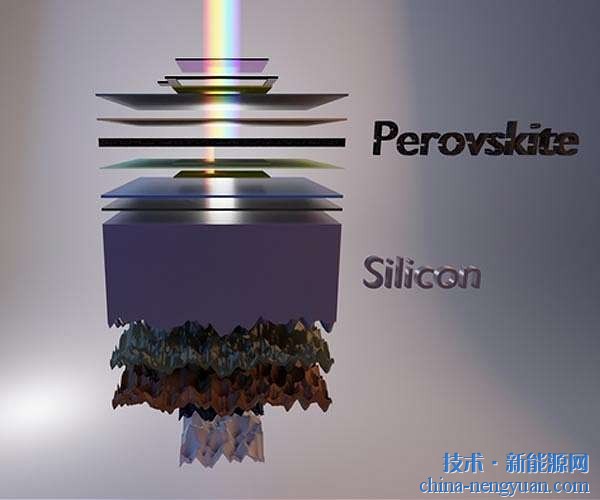 |
Recently, the Institute of Micronano Manufacturing and System Integration of the Chongqing Institute of Green Intelligent Technology of the Chinese Academy of Sciences in collaboration with the Chinese University of Hong Kong, the University of Electronic Science and Technology and Chongqing University of Technology has achieved high performance in the in situ growth of three-dimensional graphene based on silicon surfaces. Research progress in the area of ​​photo-electricity detectors. The relevant content was published in the Nanoscale journal titled High-performance Schottky heterojunction photodetector with finished chronic graphenenanowalls as electrodes.
Schottky junction photodetectors using graphene as electrodes have the advantages of low dark current, fast response, and positive incidence. However, two-dimensional graphene films cannot be grown in-situ on a silicon-based substrate, and the formation of the graphene electrodes requires a wet or dry transfer process based on an organic support material, and the inevitable organic residue in the transfer process causes graphene. - Contamination of silicon heterojunction interface reduces the quality of the Schottky barrier, thereby affecting the photoelectric response of the photodetector; in addition, the residual metal catalyst required for the growth of the 2D graphene film during the transfer process will also contribute to the device quality. Has an adverse effect. The three-dimensional graphene wall is a grid interconnection structure formed by longitudinally grown multi-layer graphene, which retains the Raman characteristic peak of the graphene film; at the same time, the three-dimensional graphene can be grown in situ on the silicon substrate without metal catalysis. Avoid metal catalysts and organic residue contamination during the transfer process.
The research utilized an ultra-clean silicon-graphene interface realized by in-situ growth of a three-dimensional graphene wall to realize a high-performance photodetector. Experiments show that the Schottky junction ideal factor is less than 1.2, the detector's switching ratio is 2×107, the responsivity is greater than 0.57A/W, the response time is less than 25ms, the 3dB cutoff frequency is greater than 8.5kHz, and the ratio of detection and calculation detection reaches respectively. 5.88×1013 cm Hz1/2/W and 2.27×1014 cm Hz1/2/W. The study received funding support from the National Natural Science Foundation of China and the Chongqing Municipal Fundamental and Frontier Research Program.
CA Temporary Fence Introduction:
Temporary Fence is also called
Construction Fence,Removable Fence and Portable Fence. This type was
very popular in Canada, the United States, and some other America
countries.
It is quick to be set up and easy to move and is ideal for restricting
access or containing a site and is commonly seen at construction sites,
public events, as a dog run, or anywhere crowd control is important.
It offers the benefits of affordability and flexibility.
Ca Temporary Fence,Temporary Fencing Panel,Construction Temporary Fence,Temporary Construction Fence Panel
HeBei Bosen Metal Products Co.,Ltd , https://www.hbbosenfence.com